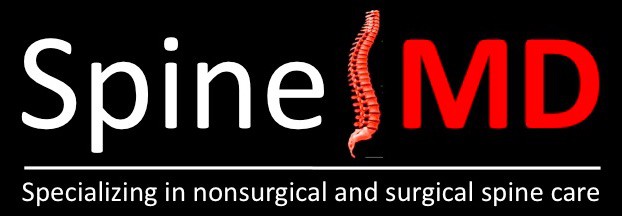How do Sacroiliac Joint Injections Work? – Anil Kesani MD
Dr. Anil Kesani explains that sacroiliac joint injections work by reducing the inflammation within the sacroiliac or SI joint. An orthopedic spine surgeon in Texas, Anil Kumar Kesani, MD, practices at SpineMD in North Richland Hills. Because he is dedicated to promoting the overall wellness of his patients, spine surgery is always a last resort when it comes to treatment of people with spine problems.
To that end, Dr. Anil Kesani employs a variety of nonsurgical treatment options based on patient needs, including sacroiliac joint injections. Unlike many other joints in the body, the SI joints moves very little as the sacrum is attached to the ilium by ligaments. There are 2 SI joints, one on the right and another on the left. It serves to connect the lower section of the spine or sacrum to the pelvis. Thereby, allowing forces to be transmitted between the legs and the spine. As a result large forces are transmitted through the sacroiliac joints and frequently can result in inflammation.
When the SI joint becomes dysfunctional or inflamed, it can cause lower back pain that can be treated with sacroiliac joint injections or a sacroiliac joint blocks. SI joint injections consist of a mixture of steroid medication and local anesthetic placed directly into the SI joint. The intention of this mix is to reduce swelling and inflammation in the joint and its nerves, thereby reducing lower back pain.
Once injected, the local anesthetic provides more immediate pain relief. However, this reduction in pain is often temporary, as the numbing medicine wears off after about 6 hours. Many patients experience a return of their pain until the steroid begins taking effect within 24 to 72 hours after the initial injection. This provides more sustained pain relief for up to several months.
When receiving sacroiliac joint injections, patients usually lie on their stomachs, with or without pillows under their hips. The skin over the injection site is cleaned with either an antiseptic or iodine solution, and then the injection is administered.


